Living History: Places Where the Past Feels Alive
History textbooks can’t prepare you for the moment when the past suddenly becomes real. You smell woodsmoke from a blacksmith’s forge, hear the clip-clop of horse hooves on cobblestones, or watch candlelight flicker against stone walls that have witnessed centuries of human drama. These living history destinations don’t just preserve the past – they resurrect it, creating encounters with history so vivid they feel like time travel.
Unlike museums where history sits behind glass cases, these remarkable places invite you to step directly into bygone eras. You can sleep in medieval castles where knights once planned battles, walk through colonial villages where interpreters live as their ancestors did, or participate in ancient ceremonies that have continued unbroken for thousands of years. These experiences transform history from distant facts into immediate, emotional reality.
The power of historical immersion travel lies not in perfect recreation but in authentic atmosphere. When historical environments engage all your senses, when you participate in age-old traditions, and when daily life unfolds according to historical rhythms, something magical happens. The gap between past and present dissolves, and history becomes a living, breathing experience rather than academic knowledge.
Beyond Static Museums: History in Motion
Traditional museums excel at preserving artifacts, but they can’t capture the energy, sounds, smells, and social dynamics that made historical periods truly alive. Interactive historical sites bridge this gap by recreating the complete sensory experience of living in different eras. You don’t just see historical objects – you use them, understand their purpose, and appreciate their place in daily life.
The difference becomes obvious the moment you enter these spaces. Instead of reading about medieval cooking, you smell bread baking in wood-fired ovens. Rather than studying colonial crafts in display cases, you watch artisans using traditional techniques to create functional objects. These immersive history experiences engage learning pathways that static displays simply cannot access.
Movement and interaction transform passive observation into active learning. When you grind grain with stone tools, weave cloth on traditional looms, or navigate by celestial observations, you gain visceral understanding of historical challenges and innovations that no textbook can convey. Your body learns what your mind alone cannot grasp.
Colonial Williamsburg: Revolutionary America Reborn
Colonial Williamsburg stands as perhaps the world’s most ambitious living history destination, where an entire 18th-century city continues functioning according to historical patterns. Over 300 buildings have been restored or reconstructed, and costumed interpreters don’t just dress the part – they live it, maintaining period-appropriate perspectives, skills, and daily routines.
The immersion begins immediately. Horse-drawn carriages carry visitors along dusty streets while the sounds of hammering emerge from working blacksmith shops. Interpreters debate political issues using 18th-century arguments and knowledge, refusing to acknowledge events that hadn’t yet occurred. This commitment to historical authenticity creates encounters that feel genuinely authentic rather than theatrical.
The depth of historical recreation extends to uncomfortable realities. Discussions about slavery, disease, and social inequality aren’t sanitized for modern comfort. Instead, these difficult topics are addressed through period perspectives, allowing visitors to understand how people of different social positions experienced colonial life. This honest approach to history makes the experience more powerful and educational.
Medieval Times Made Real
Guédelon Castle in France represents living history at its most ambitious. Since 1997, craftsmen have been building a 13th-century castle using only medieval techniques, tools, and materials. Visitors watch stonemasons quarry and shape blocks by hand, carpenters join timber with wooden pegs, and blacksmiths forge every nail and hinge using traditional methods.
This isn’t historical reenactment – it’s historical reality unfolding in real time. The craftsmen face the same challenges medieval builders encountered: unpredictable weather, tool limitations, and the physical demands of working without modern machinery. Their solutions often mirror medieval innovations, providing insights into historical problem-solving that archaeological evidence alone cannot reveal.
The project demonstrates how historical immersion travel can advance actual historical understanding. Modern participants have rediscovered lost techniques, understood tool functions that puzzled archaeologists, and gained appreciation for medieval engineering capabilities that written records didn’t adequately document.
Château du Puy du Fou in France creates historical reenactment destinations that blur the line between education and entertainment. Large-scale productions recreate specific historical events using period-accurate costumes, weapons, and scenarios. Vikings raid monasteries, medieval knights engage in tournaments, and Renaissance artisans demonstrate period crafts with spectacular attention to detail.
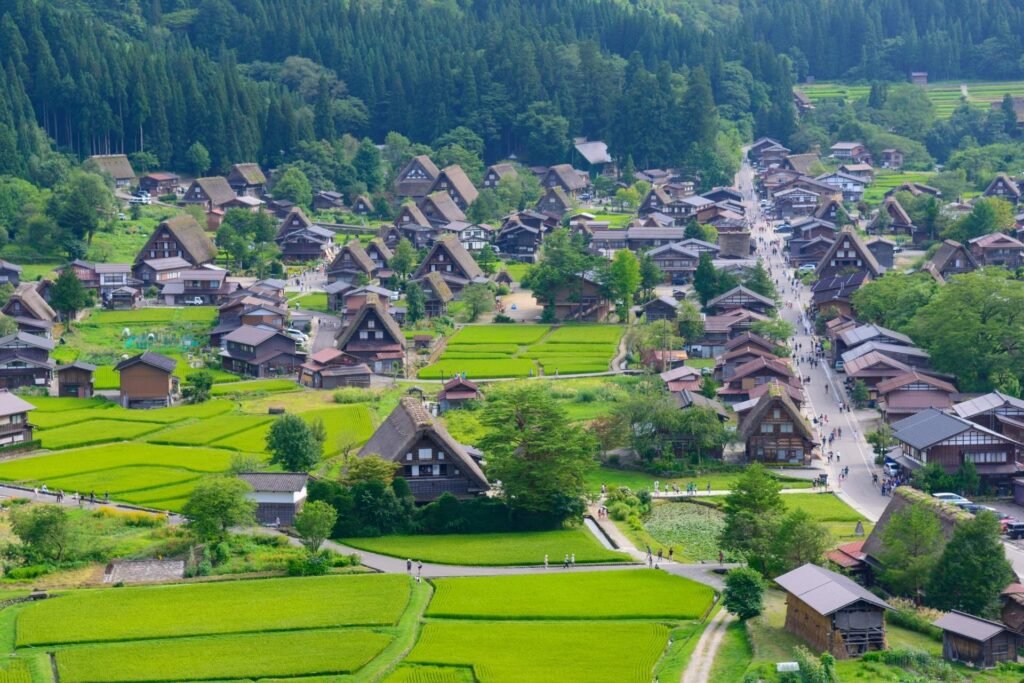
Ancient Traditions Still Breathing
Some living museums preserve traditions that have never actually stopped. The Gassho-zukuri villages of Shirakawa-go and Gokayama in Japan maintain architectural and agricultural practices that have continued unbroken for centuries. Residents still live in traditional thatched-roof houses, practice subsistence farming methods, and participate in community cooperation systems that sustained mountain communities for generations.
These villages demonstrate how historical authenticity emerges from continuity rather than recreation. The buildings, farming techniques, and social structures exist not because they were reconstructed for tourists, but because they never disappeared. Visitors experience genuine historical environments that happen to survive in the modern world.
Aboriginal cultural centers in Australia offer immersive heritage experiences that connect visitors with the world’s oldest continuous culture. Participants learn tracking skills, fire-making techniques, and plant knowledge that have sustained Aboriginal communities for over 60,000 years. These interactive historical sites provide access to time-tested survival skills and environmental knowledge that represent humanity’s longest historical record.
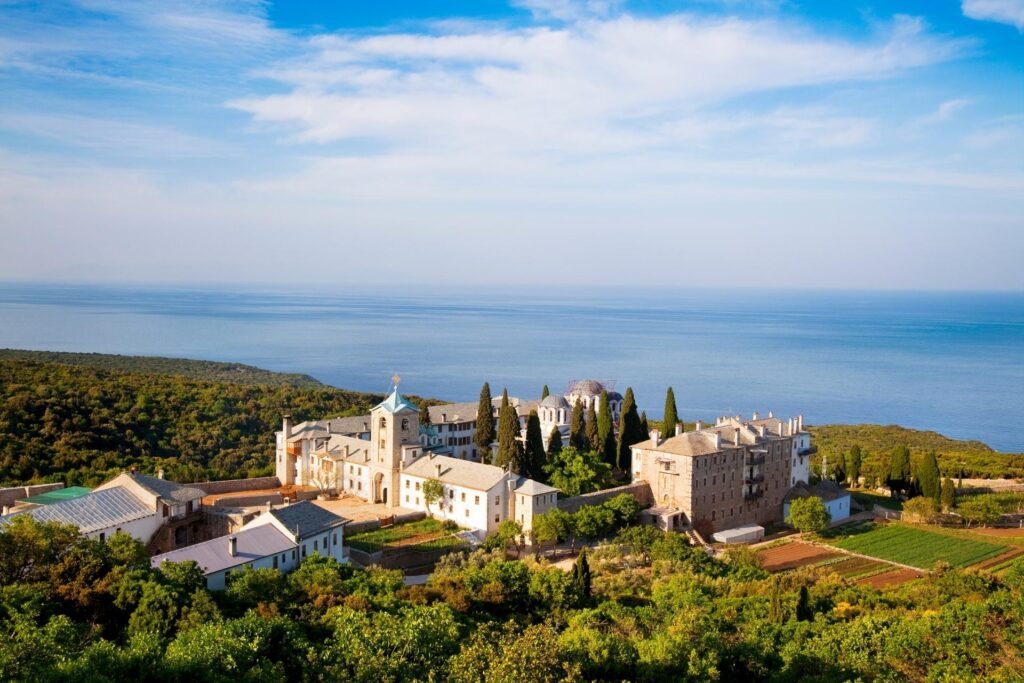
Religious and Spiritual Historical Immersion
Mount Athos in Greece functions as a living Byzantine monastery where daily life continues according to patterns established over 1,000 years ago. Monks follow ancient liturgical schedules, maintain traditional crafts, and preserve manuscripts using techniques unchanged since medieval times. The peninsula exists in a time bubble where historical religious practices remain vibrant and unmodified.
Visitors experience Orthodox Christianity as it existed centuries ago, complete with elaborate ceremonies, chanted services, and monastic schedules that divide time according to spiritual rather than commercial priorities. This immersion in historical religious life provides insights into medieval spirituality that modern religious practices have largely lost.
Plimoth Plantation in Massachusetts recreates Pilgrim village life with remarkable attention to historical accuracy. Interpreters speak in period dialects, use 17th-century grammar, and maintain the religious worldview that shaped Pilgrim society. They cook over open fires, tend gardens using historical techniques, and engage in daily activities that occupied colonial settlers.
The religious dimension of colonial life permeates every aspect of the experience. Visitors understand how faith influenced work patterns, social relationships, and decision-making in ways that secular historical presentations often miss. This complete cultural immersion reveals how thoroughly religion shaped colonial American experience.
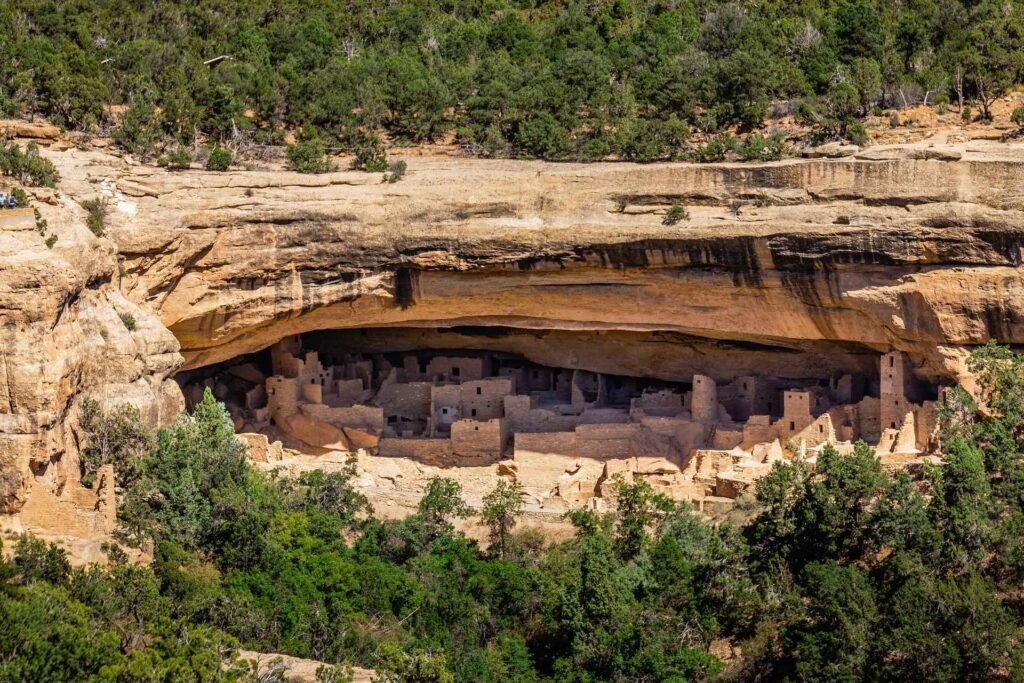
Archaeological Sites as Time Machines
Çatalhöyük in Turkey offers glimpses into Neolithic life through ongoing archaeological excavation that visitors can observe and sometimes participate in. This 9,000-year-old settlement reveals daily life in humanity’s first cities, complete with wall paintings, burial practices, and architectural innovations that established patterns for urban development.
The site functions as both active research location and living history destination. Visitors watch archaeologists uncover new discoveries while experiencing reconstructed Neolithic houses that demonstrate ancient building techniques, domestic arrangements, and artistic traditions. This combination of active research and historical recreation creates uniquely authentic encounters with prehistoric life.
Mesa Verde National Park in Colorado preserves Ancestral Puebloan cliff dwellings where guided tours recreate daily life in these remarkable communities. Park rangers demonstrate pottery techniques, explain agricultural innovations, and describe social structures that sustained cliff-dwelling communities for centuries.
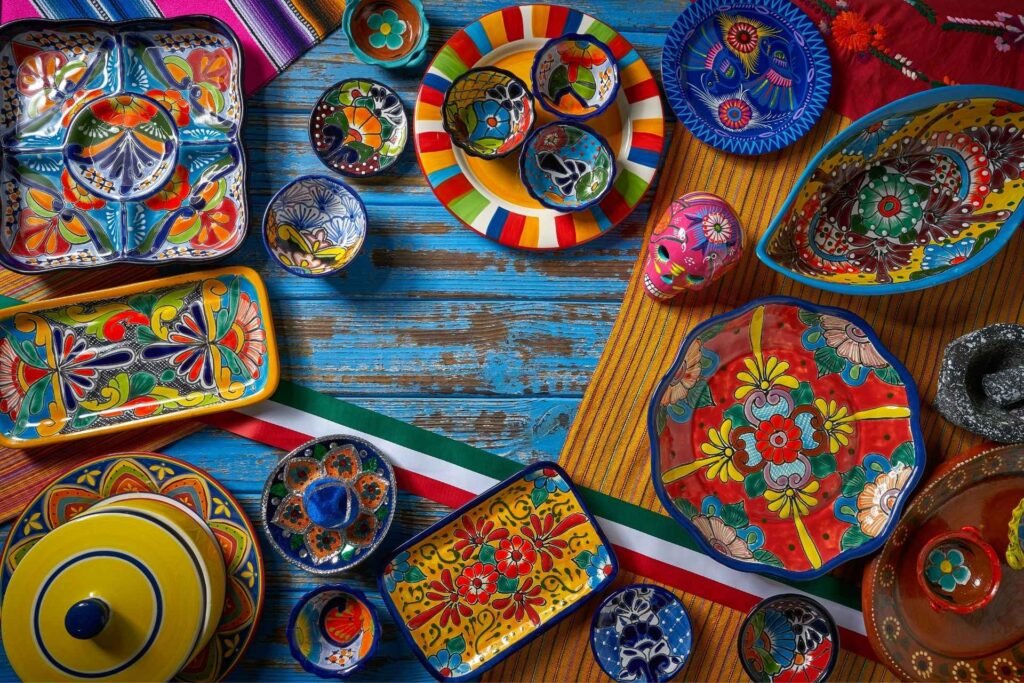
Traditional Craft Communities
The Amish communities of Pennsylvania, Ohio, and Indiana maintain 18th and 19th-century lifestyles that provide authentic windows into pre-industrial American life. These communities aren’t historical recreations – they’re living examples of traditional American rural culture that has consciously resisted modernization.
Visitors observe traditional farming methods, watch craftsmen create furniture using hand tools, and experience community cooperation systems that sustained rural American communities before industrialization. The authenticity comes from genuine commitment to traditional ways rather than historical performance.
Traditional pottery villages in Japan, Mexico, and other countries preserve ceramic techniques that span millennia. These communities maintain knowledge, tools, and artistic traditions that connect contemporary practitioners directly with ancient artisans. Visitors participate in pottery creation using methods that haven’t changed for centuries.
Historical Reenactment Communities
Civil War battlefields across America host reenactments where participants research specific historical units, acquire period-accurate equipment, and recreate historical events with remarkable attention to detail. These events combine education with experiential learning, allowing participants and observers to understand historical events through physical recreation.
The commitment involved in serious historical reenactment creates authentic atmosphere that transforms historical knowledge into visceral experience. Participants sleep in period tents, eat historical foods, and experience the physical challenges that shaped historical events. This level of immersion provides insights that conventional historical education cannot match.
Planning Your Historical Journey
Successful historical immersion travel requires preparation and appropriate expectations. Research the historical periods and cultures you’ll encounter to maximize your understanding and appreciation. Many living history destinations offer deeper experiences for visitors who arrive with background knowledge.
Consider seasonal variations that affect historical accuracy. Many living museums operate differently in winter months, but these periods often provide more authentic experiences as historical communities actually lived them. Cold weather, limited daylight, and seasonal food availability shaped historical life in ways that summer programs cannot fully convey.
Participate actively rather than observing passively. These immersive history experiences reward visitors who engage with activities, ask questions, and approach historical recreation with curiosity rather than skepticism. The more you invest in the experience, the more meaningful it becomes.
The Emotional Power of Historical Immersion
Living history destinations create emotional connections to the past that facts alone cannot establish. When you experience historical environments through multiple senses, participate in traditional activities, and interact with passionate interpreters, history becomes personally meaningful rather than academically distant.
These experiences often challenge romanticized notions about historical periods while deepening appreciation for human resilience and creativity. Understanding the daily challenges previous generations faced creates respect for their achievements and perspective on contemporary problems.
The most powerful aspect of historical immersion travel may be its ability to demonstrate human continuity across time. Despite technological changes, the fundamental human experiences of community, creativity, spirituality, and survival remain constant. These living history destinations reveal that the past isn’t a foreign country – it’s home to people remarkably similar to ourselves.
When you step into spaces where the past feels alive, you’re not just learning about history – you’re connecting with the ongoing human story that links every generation. These destinations prove that history isn’t something that happened to other people in distant times, but the continuing narrative that shapes our present and future.
If you liked this article, check the other ones on Majestic Mondo website. Consider joining the Instagram community as well, to fully enjoy the beauty of our planet.

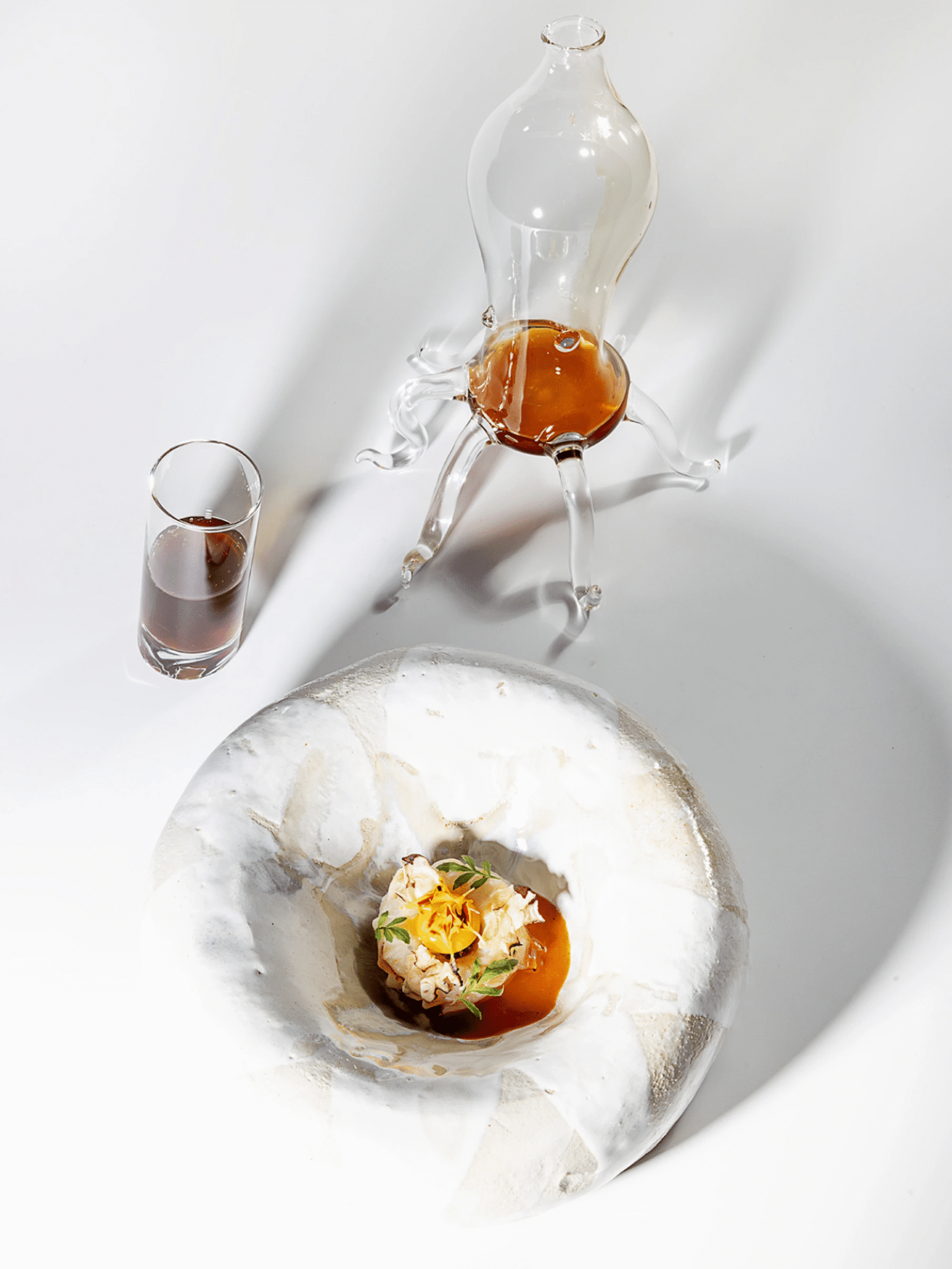


Leave a Reply